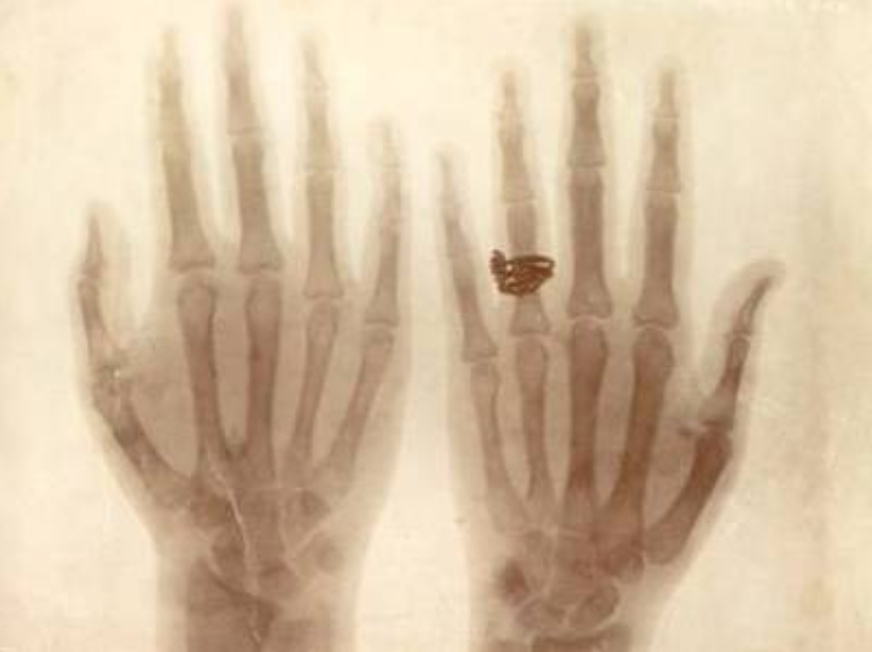On January 5th, 1896 a groundbreaking scientific discovery was presented to the public. The Austrian newspaper Wiener Presse first reported that Wilhelm Röntgen discovered a new type of radiation – X rays.
While the German scientist himself named the radiation ‘X’, to this day it’s referred to as Röntgen rays in many European languages, including Croatian (getting an X-ray translates to taking a Röntgen).
A lesser known fact is that X-rays made their Croatian debut shortly after the first international reports of Röntgen’s discovery.
In the late 19th century, the Royal Naval Academy in Fiume (Rijeka) used to be one of the leading educational and scientific institutions in the Austro-Hungarian empire. Its prestigious reputation attracted a lot of talent from all over the empire, including an Austrian physicist named Peter Salcher.
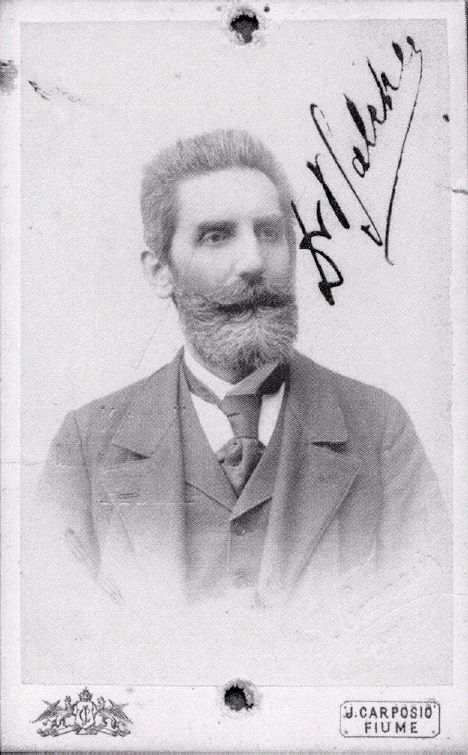
Peter Salcher (1890)
Salcher joined the academy as a physics and mechanics professor, and soon became head of the meteorological station. He was a Renaissance man of sorts, a curious mind interested in science at large, as well as scientific photography and photojournalism.
It’s no wonder that the news of Röntgen’s discovery piqued his interest. On February 21st 1896, Salcher held a public lecture in Rijeka at which he demonstrated the usage of X-rays. Naturally, the local high society was eager to attend the thrilling presentation, among them baroness Josephina Mollinary-Vranyczany.
The baroness bravely volunteered as a test subject for the curious invention, and so Salcher took an X-ray of her hands before the excited audience, the first X-ray image created in Croatia. This one:
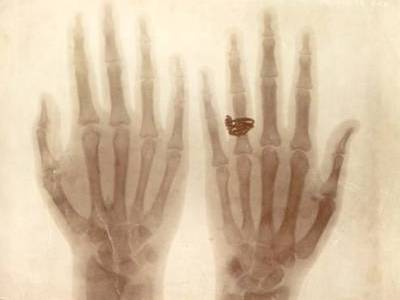
X-ray image of baroness Josephina Mollinary-Vranyczany’s hands (1896)
Shortly thereafter, the city hospital in Rijeka adopted the invention and began using an X-ray device.
This is not the only thing Salcher’s remembered for, as he was the man behind another groundbreaking scientific experiment that took place in Rijeka. A decade before X-rays were invented, Salcher made history by recording the flight of a bullet shot from a firearm using a special high-speed photography technique.
He devised the experiment after he’d been approached by Ernst Mach, a physicist who was having trouble proving his shockwave theory in practice. Salcher got to work with the help of his associate Sándor Riegler, resulting in 80 shots of supersonic flying bullets. It was the first such achievement in history, and the images can be seen at the permanent exhibit at the Rijeka City Museum.
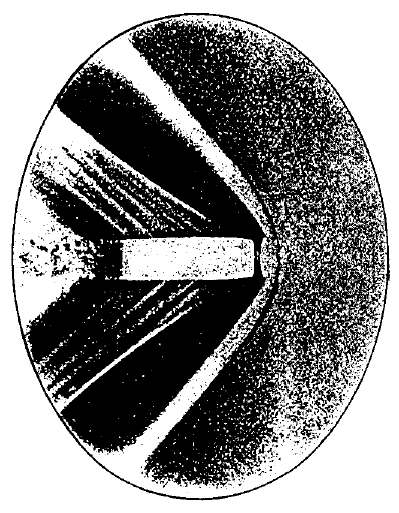
An image of a flying bullet taken by Peter Salcher (1886)
At this point, we very well might be playing six degrees of separation. Many prominent figures were part of the scientific community in Rijeka back in the day, including a particular student of professor Salcher who would later gain international fame.
It was Georg von Trapp – yes, that von Trapp, the head of the family whose story inspired The Sound of Music. A member of a noble family of Austrian origin, Georg Ludwig von Trapp was born in Zadar and entered the Naval Academy in Rijeka at the age of fourteen, which led to an illustrious military career as a naval officer.
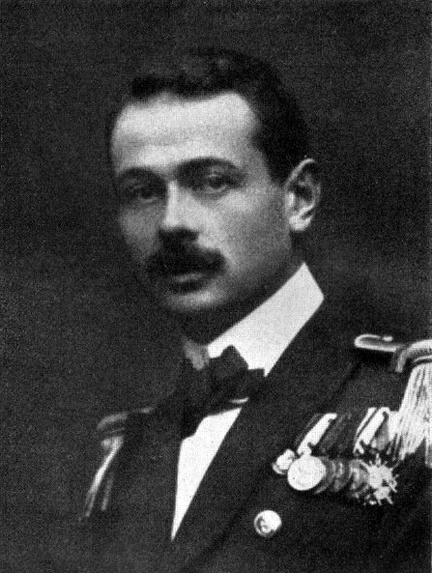
Georg Ludwig Ritter von Trapp
Von Trapp married Agathe Whitehead, granddaughter of Robert Whitehead, the inventor of the modern torpedo and founder of the world’s first torpedo factory. The couple met at the launch of a newly built U-boat in Rijeka where Agathe had the honour of christening the vessel; Georg reportedly fell head over heels for her at the celebratory ball on the same evening. They were married after a two-year courtship – learn more about their love story on the pages of the Georg & Agathe Foundation.
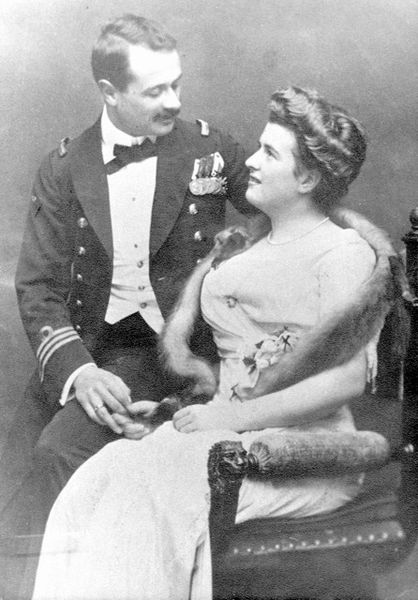
Georg von Trapp and Agathe Whitehead (circa 1909)
Agathe died of scarlet fever in 1922, and Georg moved into a villa near Salzburg with their seven children. You surely know how the rest of this story goes – he hired Maria Augusta Kutschera as the kids’ tutor, they got married a year later and had three more children together. Since everyone in the family was musically gifted, they soon started performing as a vocal ensemble around the world, eventually moving to the United States.
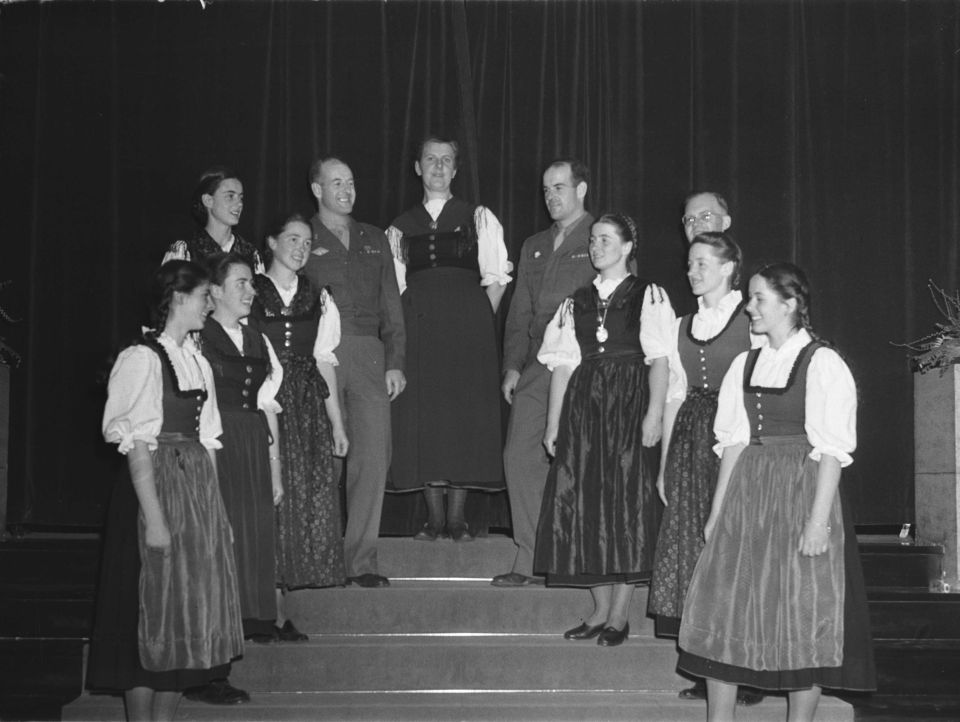
The Trapp Family ensemble at a 1941 performance
Maria Augusta wrote a memoir about the musical journey of the von Trapp family. It served as inspiration for several German films, the 1959 Broadway musical, and the 1965 film The Sound of Music.
So many good stories, all connected to each other – it seems Rijeka really was the place to be at the turn of the century, wasn’t it?

